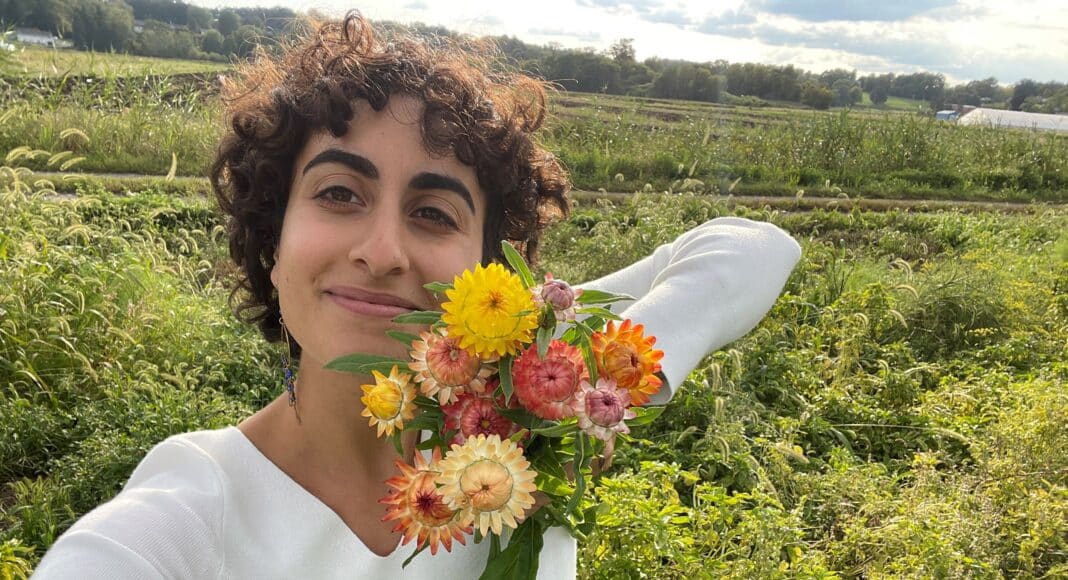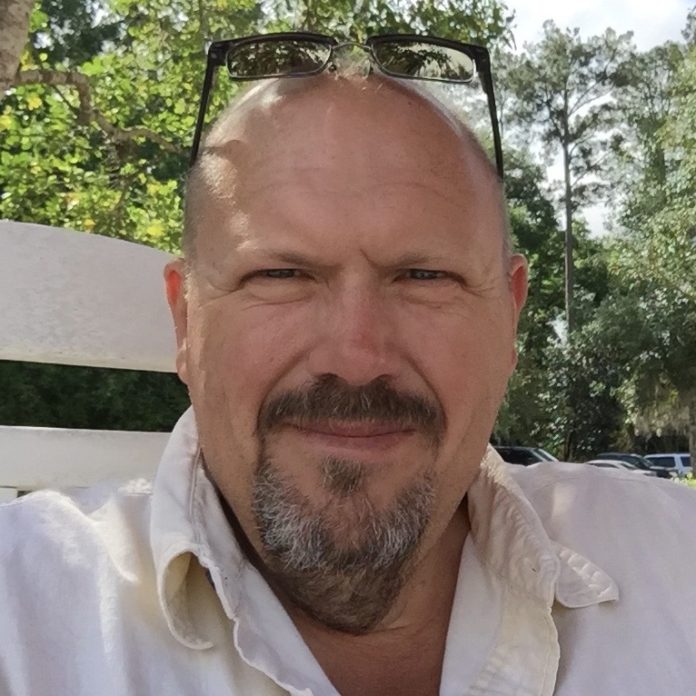Last month, I wrote about the value of ‘functional sustainability’ and the role DNA sequencing of soil microbes could play in evaluating the practices employed to reach sustainable farming goals. I’m pleased to introduce Joy Youwakim, an agroecology scientist at Biome Makers, an independent, third-party genomics company that specializes in DNA sequencing of agricultural soil samples.
Chad Hutchinson (CH): Joy, thank you for chatting with me. Can you describe what Biome Makers does and what your DNA sequencing tests show?
Joy Youwakim (JY): Sure. We have the largest global database of identified microbes. What we provide is a list of all the organisms in the soil and their relative abundance in the soil. We’re able to give a full picture of how different inputs and management practices affect every part of the soil’s macro- and micronutrient pathways, its resilience and biological quality, and how diseases interact with the crop.
CH: How does the information you provide factor into a discussion about sustainability?
JY: It’s all really important information for growers to take into account because, at the end of the day, they’re not only growing potatoes to feed consumers, they also need to manage their fields for long-term sustainable production. Assessing the impacts of certain crop inputs, for example, via a holistic, systems view to keep farmers successfully farming is a mission that all of us are aligned on. BeCrop metrics on each report include carbon cycling, which assesses the biological potential to sequester carbon in the soil and build soil organic matter. This can drive insights on adopting sustainable practices and provide feedback on the ability of current practices to build soil carbon. Leveraging this data can help growers and agronomists optimize practices and build programs that achieve the win-win of increased soil organic matter, which includes improved fertility and soil texture for a farmer, as well as the sustainability outcome of net sequestered carbon.
CH: Can you speak to who this kind of testing suits?
JY: We work with farmers and others interested in soil health. Biological testing can be a little bit more expensive than chemical fertility testing, but it is accessible to anyone. If farmers are interested in taking the soil health education course, which we provide for free, then we have a program where they can receive a number of samples at a discount. Definitely first and foremost, we want to make sure that we can get people the information they need to optimize their management practices and, in turn, their soil health.
CH: Biome Makers has now tested upwards of 4,000 soil samples from us and from farmers who are using chloropicrin soil fumigant. Based on what you’ve seen from those samples, does a soil fumigant like Strike (active ingredient: chloropicrin) have a place within a regenerative ag system?
JY: I love a direct question. Soil health has historically been tied to organic production. There’s a difference between regenerative and organic agriculture. In organic, there are rules about what you can and what you cannot use. With regenerative ag, there is nuance: there is elbow room for products that might have a different immediate and long-term impact. In regenerative agriculture, we’re thinking about the system as a whole: doing what you need to do to keep farming. With a soil health focused lens, how do we keep producing yield in a way where our soil is giving back every season, and we’re working harmoniously. As an independent third-party service provider, we don’t provide recommendations. We simply provide information to help farmers make holistic decisions.
CH: Chloropicrin is a highly selective soil fumigant, but it often gets painted with the ‘all fumigants are bad’ brush. Based on the many samples you’ve tested, does chloropicrin sterilize the soil?
JY: No. But of course when you do anything to soil — even when you simply turn it — it will have an effect on the microbial communities. The challenge to interpreting the data is that the overall ecology is impacted by a host of factors, whether we’re talking about chloropicrin or any other product. Soil biology is extremely complex so it’s very difficult to linearly say, ‘Oh, we did this and then this resulted.’ The thing about regenerative agriculture, especially in the times we’re living now where weather is changing and each season is different than the next, is looking at how everything interacts and the best way to move forward. In the world of potatoes, similar to strawberries, diseases are top of mind. Production depends on some disease management. Caring about the soil biology and thinking about its longevity is an important step.
CH: Thank you, Joy, for your thoughtful discussion on the topic of soil health. We look forward to working with you and Biome Makers as we move forward. It’s great to now have a publicly accessible tool to evaluate the positive impact of Strike and other cultural practices on potato production.
To learn more about Strike soil fumigants, visit strikefumigants.com.
To learn more about Biome Makers and soil DNA sequencing, visit biomemakers.com.








